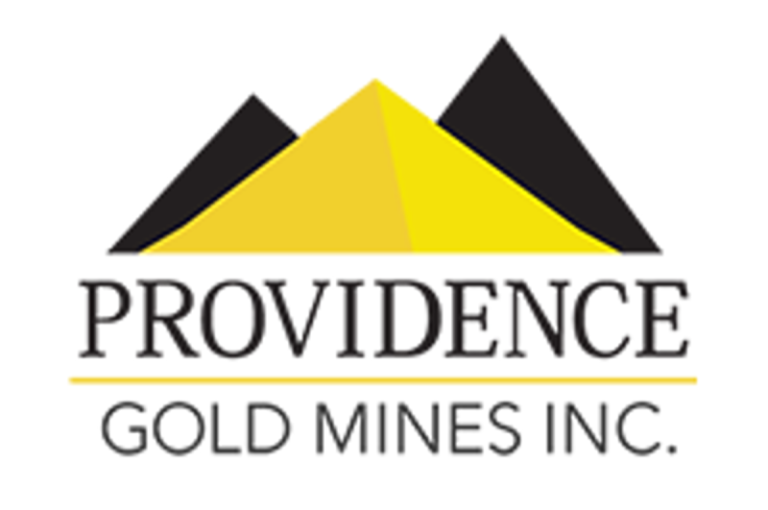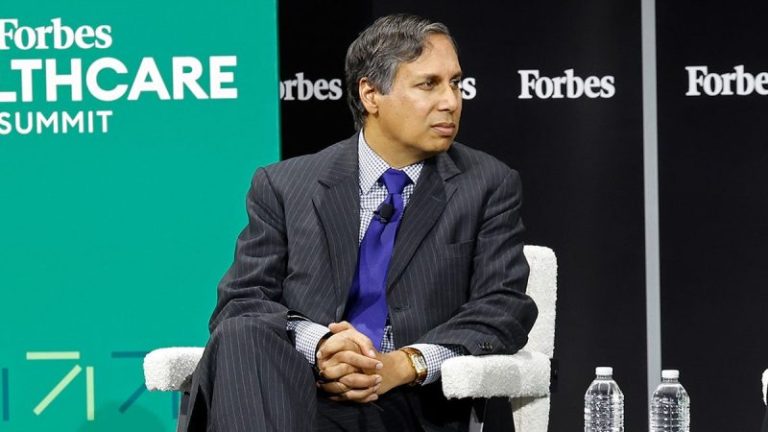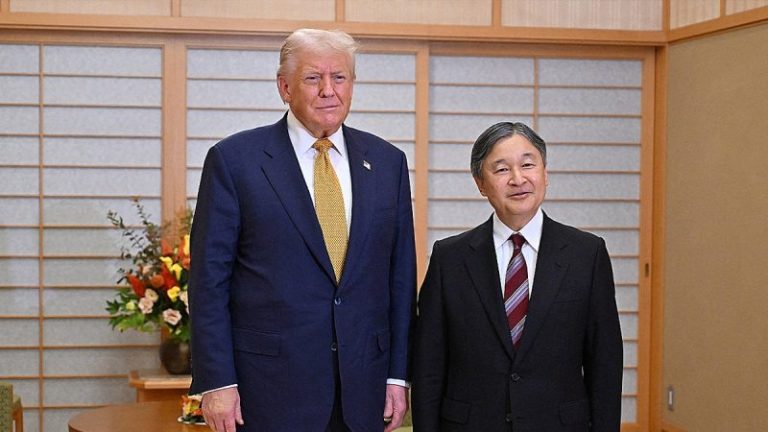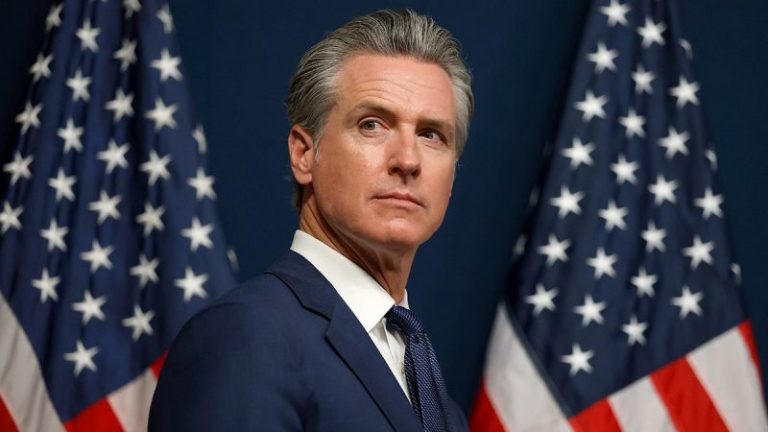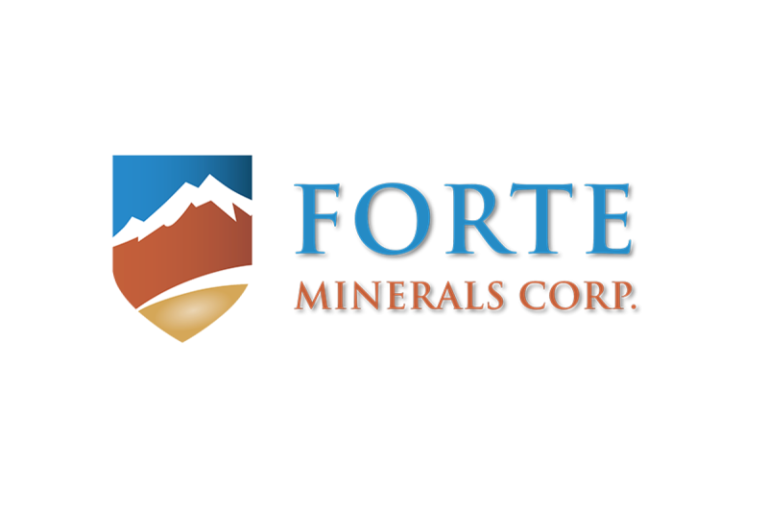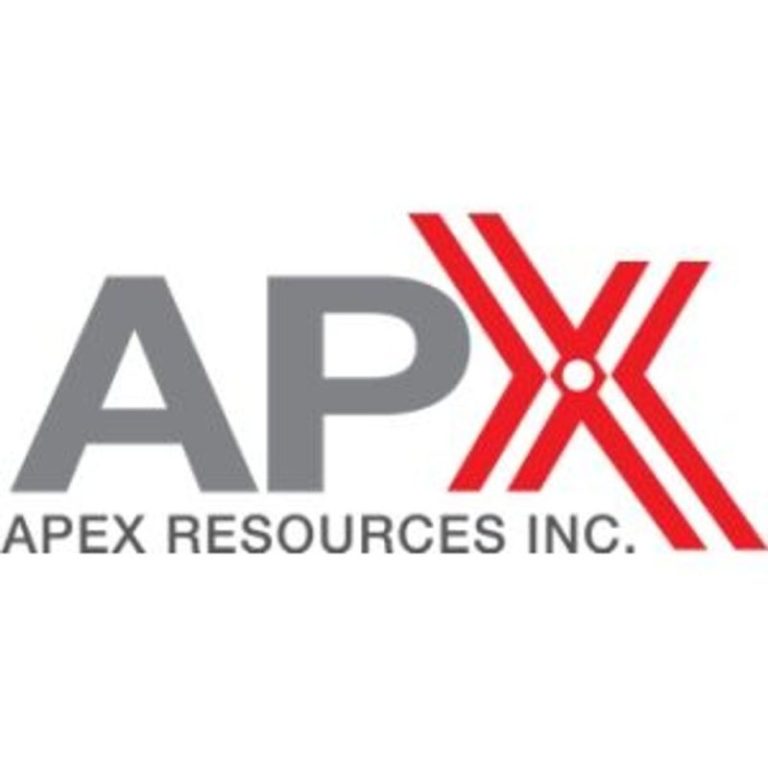(TheNewswire)
VANCOUVER TheNewswire – October 28, 2025 – Providence Gold Mines Inc. (‘Providence’ or the ‘Company ) (TSXV: PHD,OTC:PRRVF) (OTC-PINKS: PRRVF) is very pleased to announce that the Company has staked an additional 100 aces of BLM land are contiguous and parallel to the existing La Dama de Oro Gold trend, thereby increasing the area of potential exploration targets.
The La Dama de Oro gold property was a historical high grade gold producer. The Company has all required permits for Water, Road, Environmental, Plan of Operations, Mill Site, including bulk sample. To date the Property has had no drilling or any modern-day scientific exploration and consequently has not developed or identified any potential NI 43 101 compliant resources .
Ronald A. Coombes, President & CEO states; ‘these 100 acres of newly acquired BLM ground provide excellent additional potential for discovery opportunity at the La Dama de Oro gold and silver property ‘ .
The Property:
The La Dama de Oro Property is in the Silver Mountain Mining District, within the structurally complex Eastern California Shear Zone and the intersection with the San Andreas Fault Zone. Bedrock geology includes Mesozoic quartz monzonite that intrudes the Jurassic Sidewinder Volcanics. The structural geology of the region implies a sequence of compressional and extensional events that reactivated favorably oriented zones of weakness for the circulation of hydrothermal fluids. The main zone of mineralization is hosted by the La Dama de Oro Fault, a shallow northeast-dipping oblique-slip fault. The mineralization at the property is classified as a structurally controlled, low-sulfidation epithermal gold-silver vein system. Gold and silver mineralization is associated with multi-phase quartz veining, brecciation, and pervasive hydrothermal alteration along the La Dama de Oro Fault. The largest known vein is 4.5 feet at its widest point and remains open to exploration for over 6,000 feet of strike.
The scientific and technical information contained in this news release has been reviewed and approved by Zachary Black, SME-RM, a Qualified Person as defined under NI 43-101. Mr. Black is a consultant and is independent of Providence Gold Mines Inc.
For more information, please contact Ronald Coombes, President, and CEO of the Company at 1 604 724 2369.
Ronald A. Coombes, President & CEO
Phone: 604 724 2369 Email: roombesresources@gmail.com.com
CAUTIONARY STATEMENT REGARDING FORWARD-LOOKING INFORMATION
Neither the OTCQB and or the TSX Venture Exchange nor its Regulation Services Provider (as that term is defined in the policies of the TSX Venture Exchange) accepts responsibility for the adequacy or accuracy of this release.
All statements, trend analysis and other information contained in this press release relative to markets about anticipated future events or results constitute forward-looking statements. All statements, other than statements of historical fact, included herein, including, without limitation, statements relating to the permitting process, future production of Providence Gold Mines, budget and timing estimates, the Company’s working capital and financing opportunities and statements regarding the exploration and mineralization potential of the Company’s properties, are forward-looking statements. Forward-looking statements are subject to business and economic risks and uncertainties and other factors that could cause actual results of operations to differ materially from those contained in the forward- looking statements. Important factors that could cause actual results to differ materially from Providence Gold Mines expectations include fluctuations in commodity prices and currency exchange rates; uncertainties relating to interpretation of drill results and the geology, continuity and grade of mineral deposits; the need for cooperation of government agencies and native groups in the exploration and development of properties and the issuance of required permits; the need to obtain additional financing to develop properties and uncertainty as to the availability and terms of future financing; the possibility of delay in exploration or development programs and uncertainty of meeting anticipated program milestones; and uncertainty as to timely availability of permits and other governmental approvals. Forward-looking statements are based on estimates and opinions of management at the date the statements are made. Providence Gold Mines does not undertake any obligation to update forward-looking statements except as required by applicable securities laws. Investors should not place undue reliance on forward-looking statement
Copyright (c) 2025 TheNewswire – All rights reserved.
News Provided by TheNewsWire via QuoteMedia

